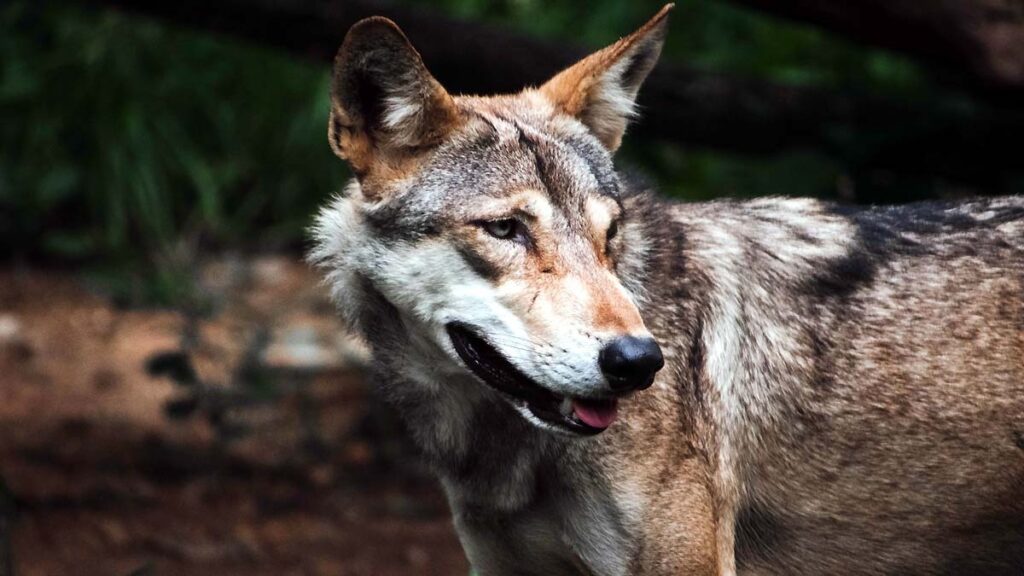There is still terror of wolves in Bahraich. Attacks are happening. People are getting killed. But the story of wolf attacks in Uttar Pradesh is not new. In 1996, wolves killed 30 children in three districts of eastern Uttar Pradesh, Pratapgarh, Sultanpur and Jaunpur. The entire area was scared. Something similar is happening now.
DTE According to him, three decades ago, the responsibility of investigating the wolf attacks was given to the famous wildlife scientist YV Jhala. Jhala did the investigation with his colleague Dinesh Kumar Sharma. In 1997, one of their papers came out. The name was- Child-lifting by wolves in eastern Uttar Pradesh. The result of the investigation was that this attack was being done by a single wolf. It was not a whole group. Almost the same thing is happening in Bahraich…it seems to be a case of many wolves here.
Also read: Bahraich: Demand for doors increased in villages amid wolf attacks, lines formed at furniture shops
What was the story of the wolf attack?
There was terror of wolves in three districts of eastern UP, Pratapgarh, Sultanpur and Jaunpur from March to October 1996. 30 children died in all three districts. The wolf used to attack every third day. One child was dying every fifth day. The killer wolf had become so fearless that it was kidnapping children from the middle of the village. These attacks were happening when there was no artificial intelligence. There was no social media.

At that time, all three districts were among the poorest districts of the country. The level of superstition was so much that the local people used to say that this was the work of some Manai. Who was a werewolf. That is, a wolf taking the form of a human. Because of this, no person was able to dare to go to the villages affected by the werewolves. Because people would kill him thinking him to be a Manai. With this excuse, many old enmities were also settled in these three districts.
How were these wolves discovered?
YV Jhala and Dinesh Sharma investigated the entire area. They started counting the areas of attack. It was found that the entire area was 1392 square kilometers. During the study, many types of data were collected. What kind of crops are grown in the fields? What kind of cover is there? What are the domestic cattle? Are there dogs in the village or not? How many small children are there in the village who can be attacked? The family members of the victims, eyewitnesses, survivors of the attack, forest department and medical department officials were interviewed. The remaining body parts of the dead children were also examined for forensic report.
Also read: Spain: 5600 year old bridge found underwater inside a cave on the seashore
There was no other animal except the wolf
After collecting so much data, the wolf attack seemed like a puzzle. Jhala and Sharma found two tracks of the attack. From where the bodies of the dead children were found. Both the tracks had marks of wolf’s feet, attack and blood. Looking at the shape of the tracks, it was clear that this was not the work of a wild dog or striped hyena but of an Indian wolf. The hair found on the bodies of the dead children was examined. It was lupine hair. Both the scientists themselves saw the wolf in that area the next night. Apart from this, no hyena or leopard was seen.

A surprising pattern emerged…
The study showed that the attacks remain concentrated in an area of 100 to 400 square kilometers. At least for a few days to a few months. When the administration killed a group of wolves, the hunting wolf left one place and went to another place. Then he hunted in an area of 100 to 400 square kilometers at the second place for the next few days or months.
Alpha Male… the leader of the group used to attack
In all three districts of UP, attacks were happening every 3 to 4 days. There was a distance of at least 13.28 km between each attack. Scientists confirmed that this attack was not by a group of wolves but by a single wolf. He may be the alpha male. That is, the leader of the group of wolves. The area was also suitable for hiding. There was tall grass all around. There were sources of water. There were fields of maize, drumstick and sugarcane. In such a situation, they could find a place to hide after attacking.
Also read: China introduced new air defense system HQ-9B, know how dangerous this weapon is
Due to these reasons hunting became easy…
The entire area was extremely poor. Children were raised by their mothers. The fathers were either killed, divorced or out of town for work. There were no other predators in the other three districts. Jhala and Sharma saw only one Nilgai and its two children in the entire area. The alpha wolf was killing human children because it had to feed its cubs. In villages, children raised by single parents are less monitored, so it was easy for the wolf to hunt them.
Source (PTI) (NDTV) (HINDUSTANTIMES)
